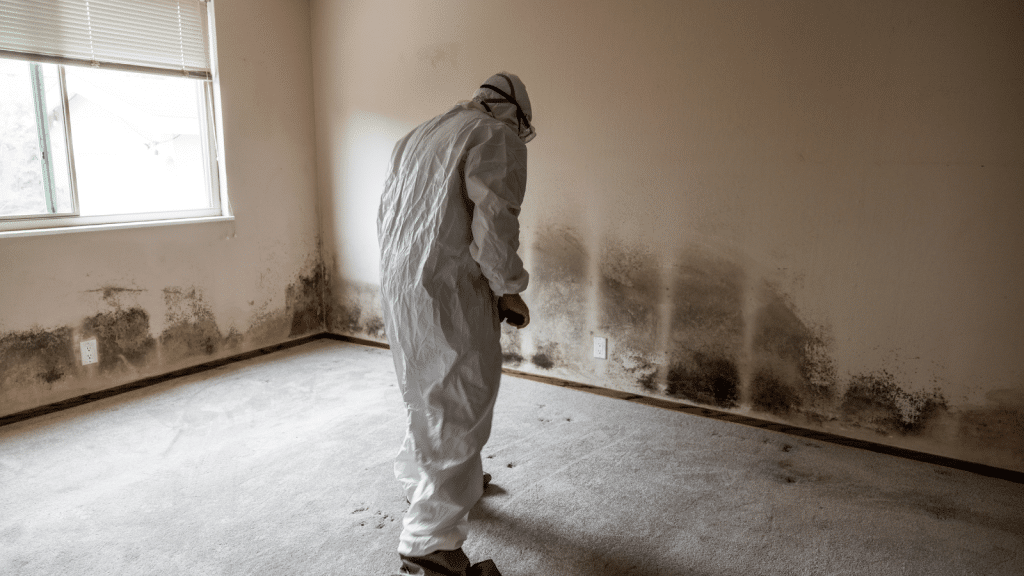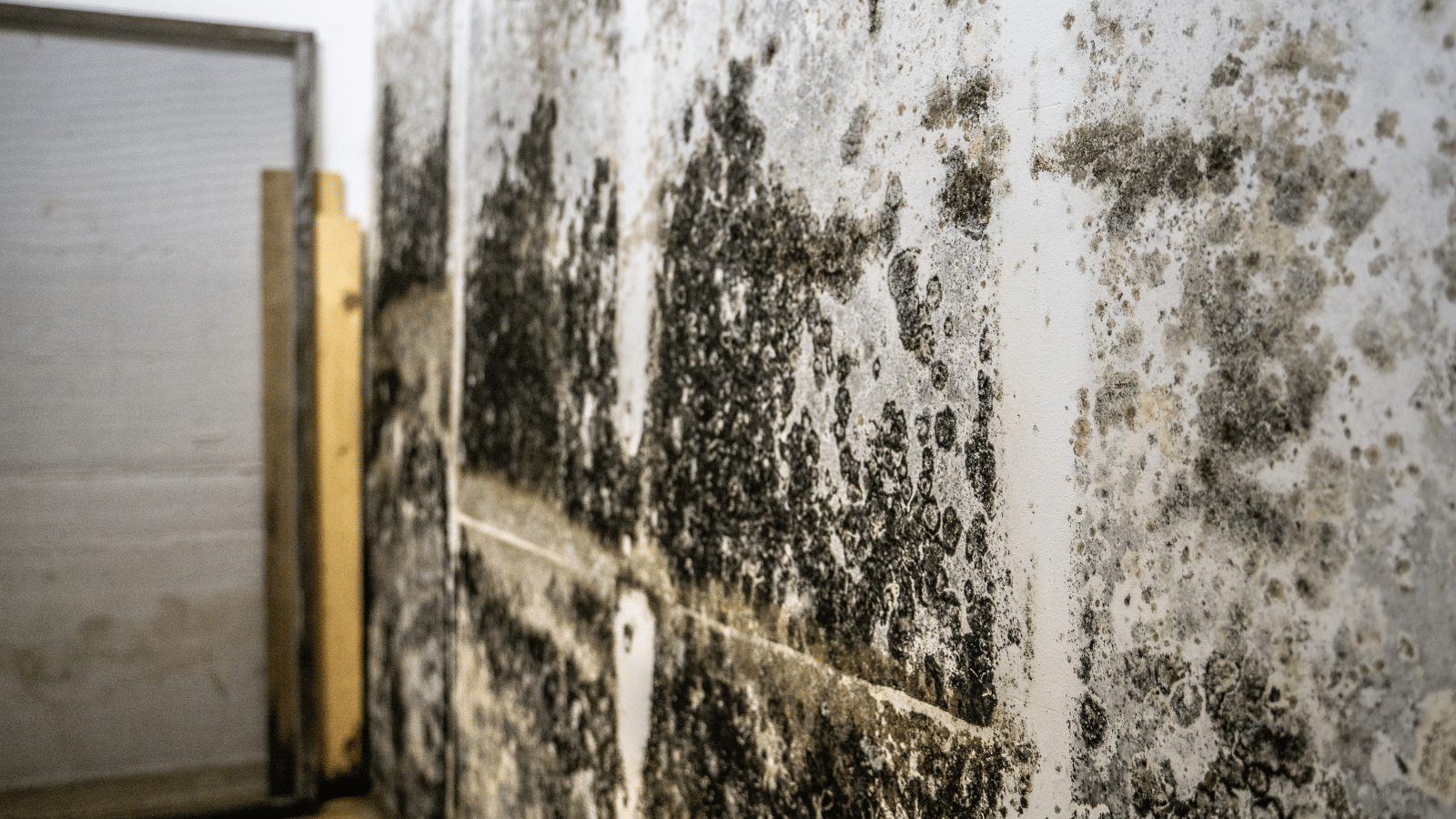Breathe Clean, Live Safe
Mold Removal
Could your daily air be hiding unseen dangers? At Array of Solutions, we’ve helped homeowners for over 18 years deal with environmental hazards others miss. Our locally operated company, founded in 2007, specializes in protecting homes and families.
Finding mold in your house can be unsettling. More than just an eyesore, mold can seriously affect your family’s health. It may lead to allergic reactions or breathing problems. This guide gives you all the essential steps for safe and effective mold removal, whether it’s a minor spot or a widespread issue.
Understanding the proper techniques for mold removal is crucial not only for eliminating current growth but also for preventing future problems. We’ll cover DIY methods for minor issues and explain when professional remediation becomes necessary to protect your health and property.
Backed by EPA registration, our team responds quickly and brings certified knowledge to every inspection. We promise a 24-hour response time using trusted industry methods. Douglas Whitehead, our founder, created Array of Solutions with a focus on honesty and personal service—so you’re never left in the dark.
Essential Insights
- Serving Greenville SC and surrounding areas since 2007—local experts offering fast, same-day inspections
- Mold removal by CMI-certified experts using trusted EPA methods
- Comprehensive evaluations done in 24 hours or less
- Humidity-specific solutions designed for South Carolina homes
- Full guidance from detection to resolution
Introduction to Mold Removal & Remediation
Mold spreads quickly when dampness hits natural materials—often within just two days. Array of Solutions has spent the last 18+ years preventing these hazards, keeping both homes and families safe.
Experienced local professionals you can rely on
Local solutions trusted by communities throughout South Carolina
We actively support homeowners in Greenville SC and surrounding areas. Our specialists understand how seasonal humidity interacts with building materials, allowing us to create targeted water damage and Mold Removal solutions that prevent future issues. With same-day inspections and 24/7 availability, we address emergencies before they compromise structural integrity.
We’re a local team that treats each home as if it belonged to us. From start to finish, certified experts guide you through the process and stay connected after the work is complete. It’s how we help turn homes into healthier environments.
Share:
Dealing With Possible Mold Issues at Home?
Understanding the Health Risks of Mold Exposure
Certain fungi in the home pose serious risks beyond stains or smell. They grow in humid places and release airborne particles that affect health and structural integrity. Identifying them is the first step toward control.
While mold may seem like a cosmetic issue, it can seriously affect your health—particularly if you have breathing problems or other sensitivities. That’s why removal should never be ignored.
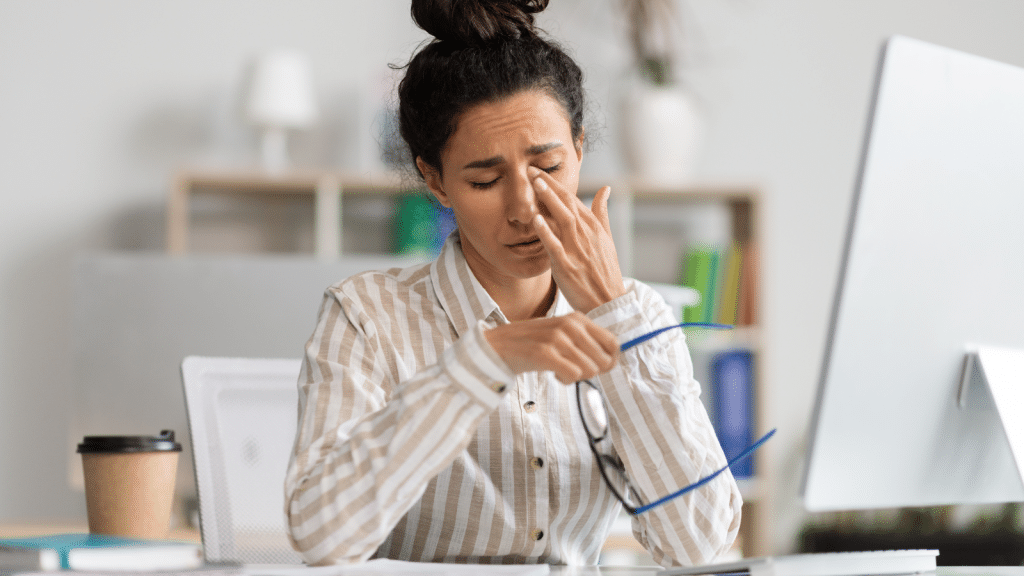
Health reactions you might notice from mold
Severe Reactions
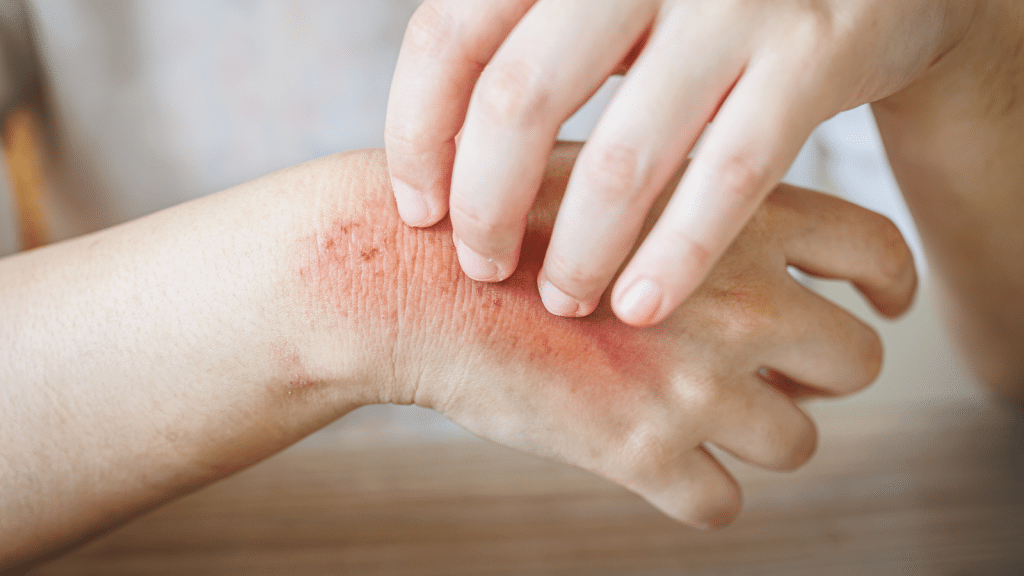
The four fungi most often found in homes include Aspergillus on damp surfaces, Cladosporium on fabrics, and Penicillium in HVAC setups. Stachybotrys chartarum (black mold) stands out for releasing spores tied to serious respiratory illness.
Reactions to mold range from mild to severe. Sneezing and itchy eyes are common in healthy individuals, while vulnerable groups may face dangerous breathing problems. With sinus issues reported in over half of mold-exposed residents, Mold Removal becomes a priority.
Who’s at higher risk? Children, the elderly, those with breathing problems, and people with low immune defenses face greater risks from mold exposure.
Property Damage Beyond Health Risks
When left untreated, mold breaks down essential parts of your home. It weakens framing, damages drywall, and makes insulation less effective, eventually harming floors, walls, and ceilings.
Catching mold early helps avoid costly damage. Our team inspects visible and hidden mold, crafting solutions that safeguard your home and its value.
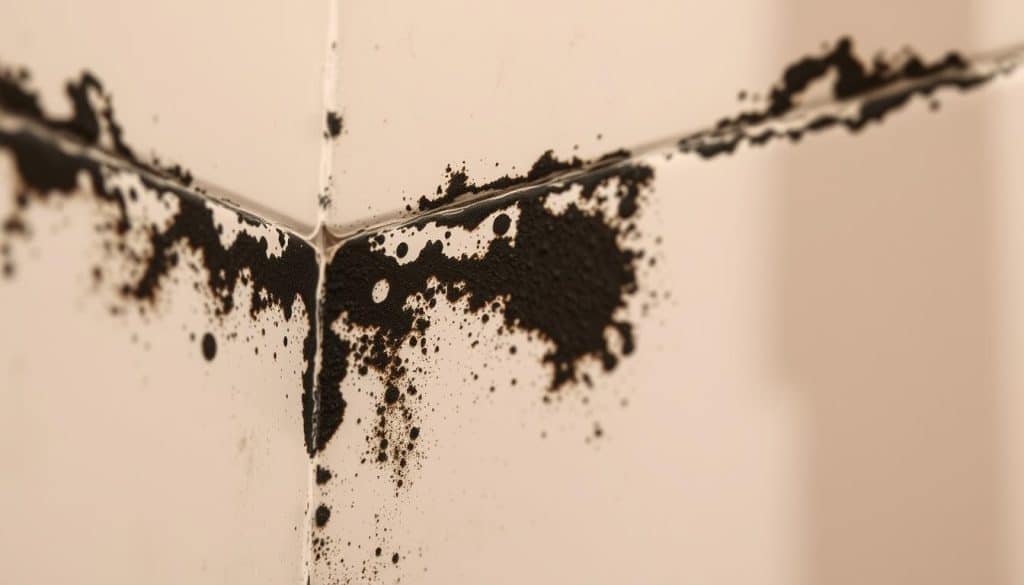
How to Identify Mold in Your Home
Identifying the location and size of the problem is the first step in mold removal. Mold can appear in plain sight or be tucked away, and it varies in color and appearance.
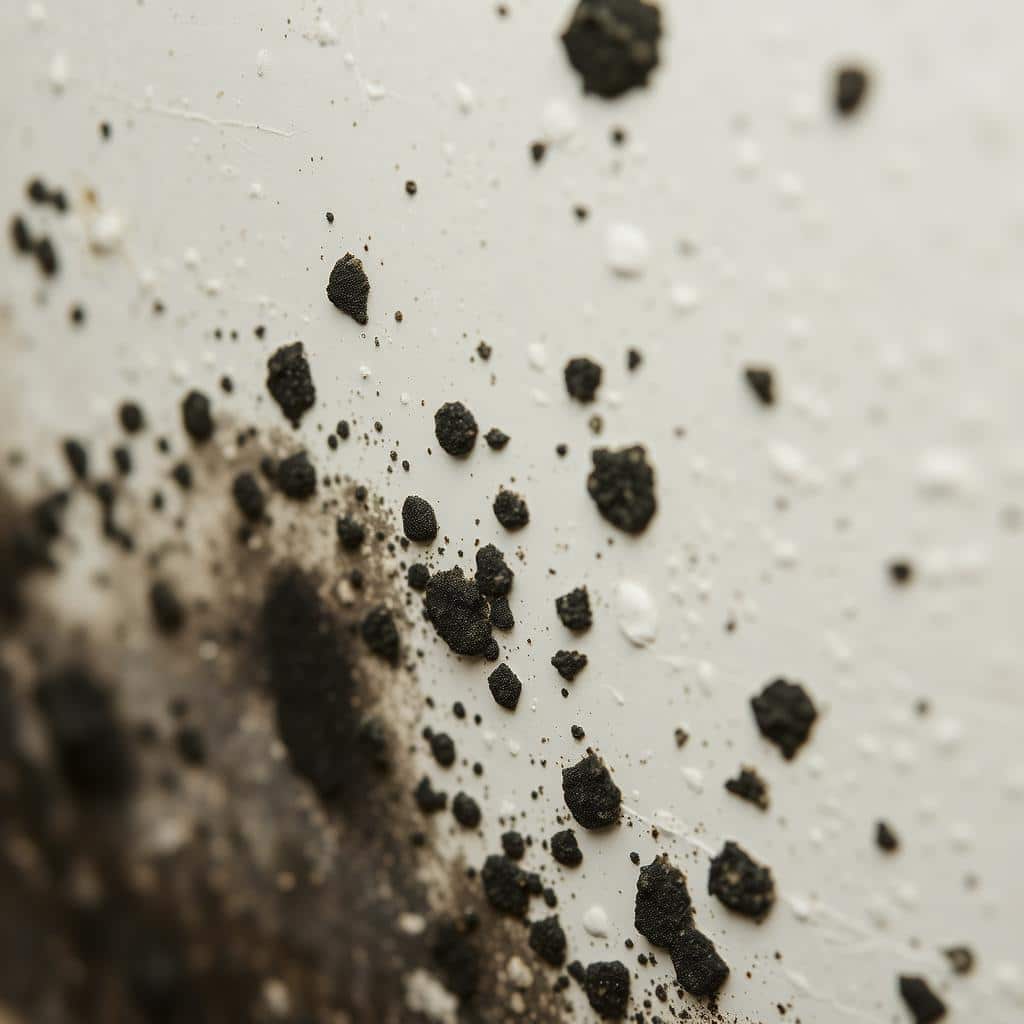
Look for discoloration on walls, ceilings, or floors. Common colors include black, green, white, or gray patches that may appear fuzzy or slimy.
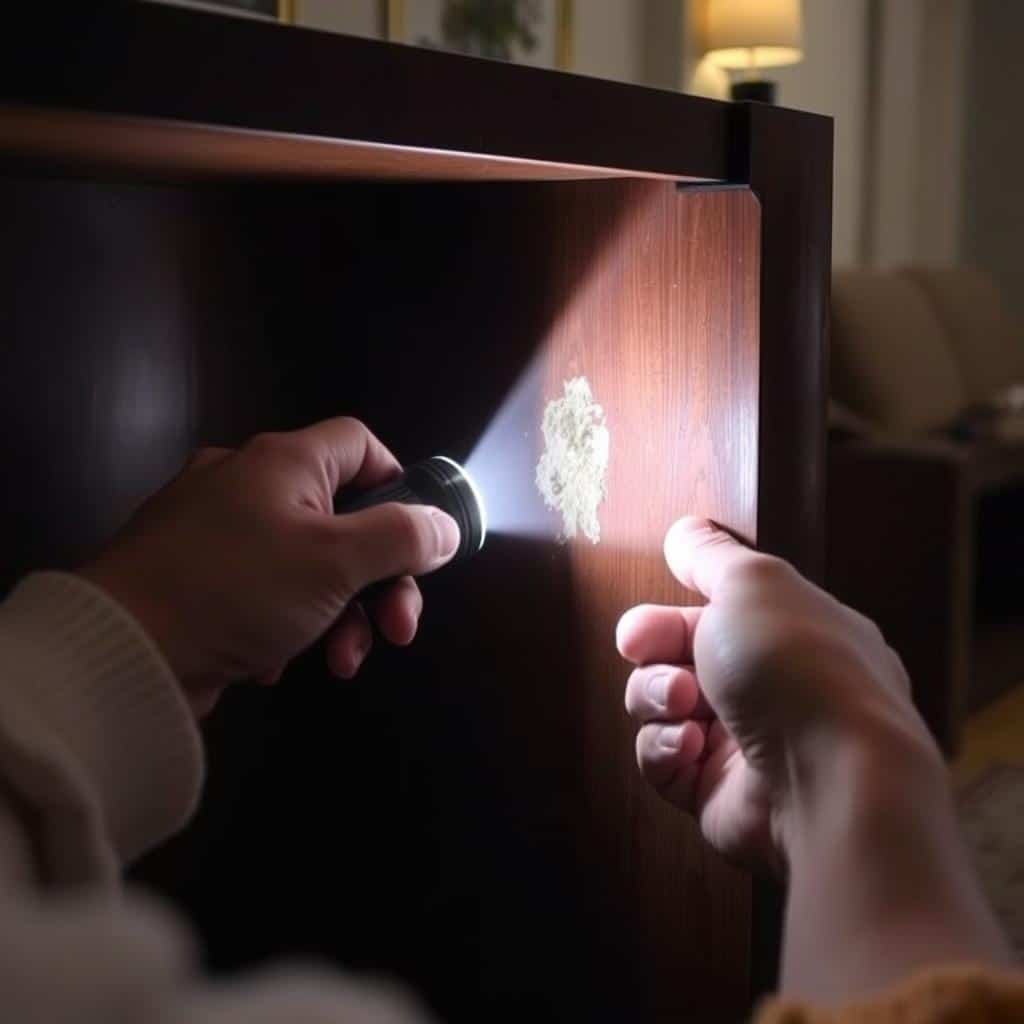
Check behind furniture, under carpets, inside air ducts, and behind drywall. Musty odors often indicate hidden mold even when you can't see it.
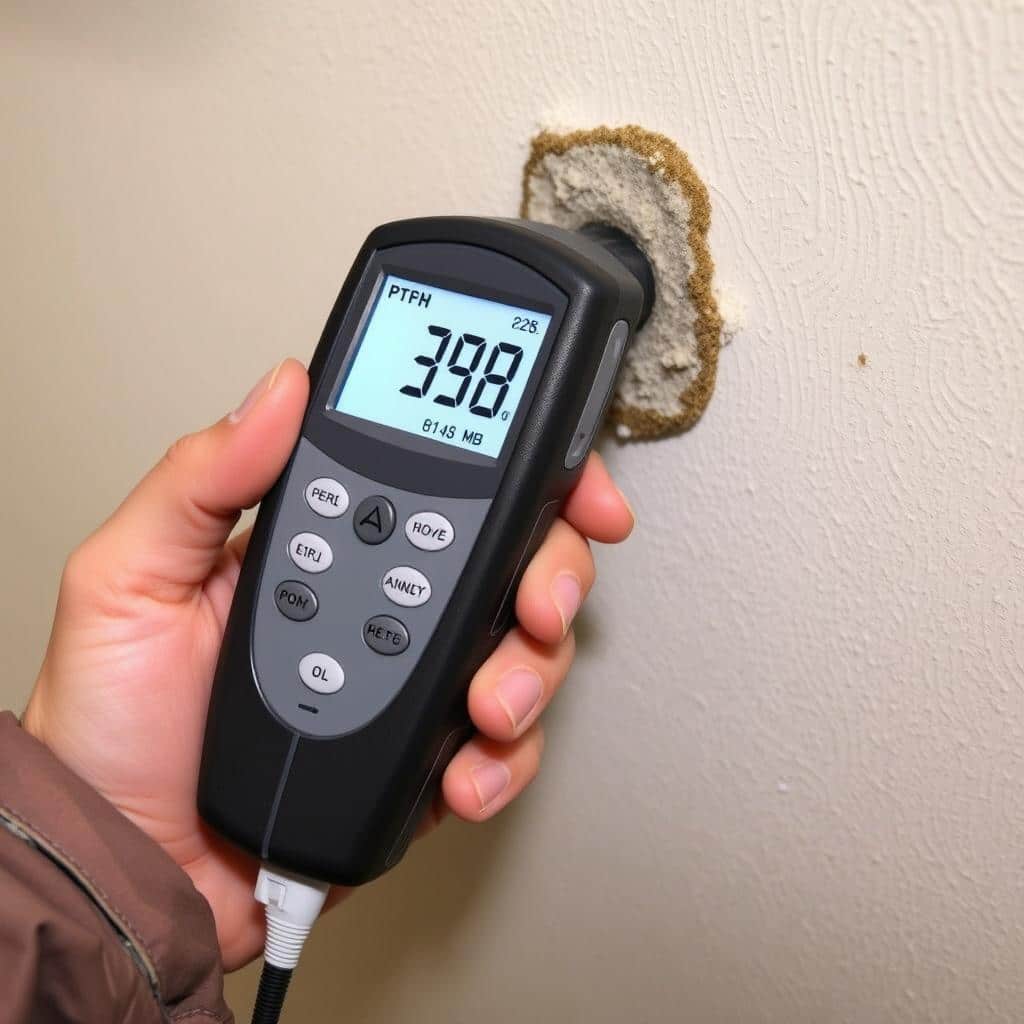
For suspected hidden mold, consider moisture meters or professional mold testing to confirm presence and identify the type of mold.
Preparing Your Home for Safe Mold Removal
Safe Preparation Tips for Effective Mold Removal
If you’re doing mold removal, make sure to wear safety protection to avoid health risks. Small issues still deserve full precautions.
Our team begins by helping homeowners pinpoint hidden water issues. We systematically check plumbing systems, attic ventilation, and basement drainage. Common trouble spots include condensation around windows and dampness under sinks.
Persistent moisture weakens building materials like drywall and wood framing. We teach clients to recognize musty odors and discolored surfaces – early signs requiring professional attention. Addressing these sources prevents recurring issues.
Mold Removal Equipment Checklist
- N95 respirator mask or better to prevent inhalation of mold spores
- Goggles without ventilation holes to protect eyes
- Rubber gloves that extend to cover wrists
- Long sleeves and pants help shield your body from mold and chemicals
- Use a single-use hair cap to prevent mold spores from settling in your hair
- Wear disposable footwear covers during cleanup to avoid contamination
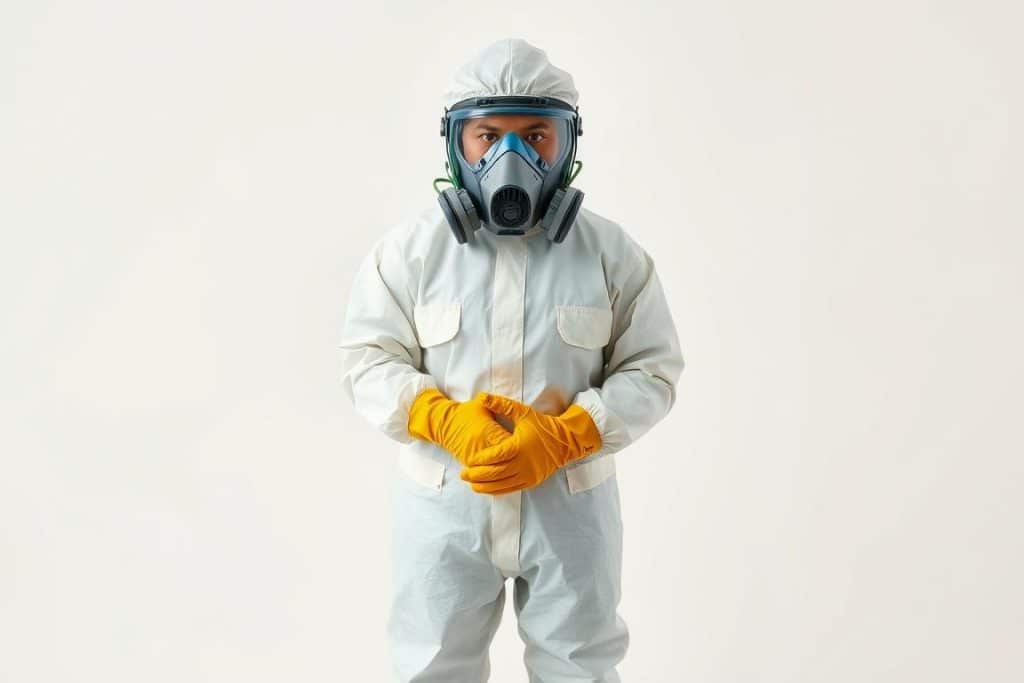
Collecting Essential PPE Before You Start
Safety starts with the right gear. Non-latex gloves shield your hands during cleanup, while respirators and goggles guard against airborne mold.
To prevent the spread of spores, use disposable gear. Our technicians explain how to wear PPE correctly to keep your home protected.
Preparing the Work Area for Mold Removal
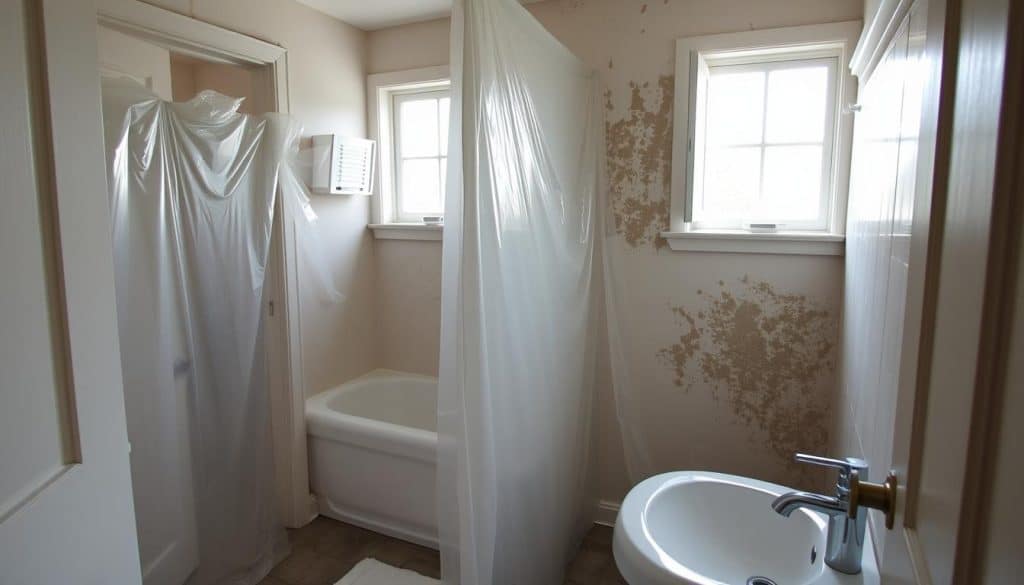
Step-by-Step DIY Mold Removal Process
When tackling household fungi growth yourself, safety and effectiveness go hand-in-hand. While small affected areas (under 10 sq. ft.) might be manageable independently, larger infestations require professional assessment.
Let’s explore practical methods for mold removal that balance thorough cleaning with health protection.
Mold Cleaning Methods That Work
Everyday cleaners like white vinegar can handle minor mold. Spray it undiluted, let it sit for 60 minutes, and scrub to remove the growth.
Apply a 3% hydrogen peroxide solution to porous spots like grout and let it soak for 10 minutes to clean and sanitize.
Baking soda is useful for scrubbing and neutralizing smell—make a paste with water. Bleach works on tile and sealed surfaces but should be used in ventilated areas.
Pro Tip: Cleaning and Replacing Porous Materials Affected by Mold
When mold penetrates surfaces like drywall or carpet, cleaning isn’t enough—they must be removed because the mold can grow deep inside.
Important: Never combine bleach with ammonia; the result is a toxic chemical reaction.
Special Surface Considerations
| Surface Type | Recommended Cleaning Method | Special Instructions |
|---|---|---|
| Bathroom tile | Vinegar or hydrogen peroxide | Focus on grout lines; may need grout sealer after cleaning |
| Painted walls | Vinegar solution | Test in inconspicuous area first; may need repainting |
| Wood surfaces | Mild detergent, then vinegar | Dry immediately; sand if necessary |
| Concrete/masonry | Commercial cleaner with EPA-approved disinfectants | May require wire brush; seal after cleaning |
| Fabric/upholstery | Hydrogen peroxide spray | Test for colorfastness; may need professional cleaning |
Mold Removal – Why Professional Remediation is Crucial
When mold issues go beyond the surface, Array of Solutions recommends certified intervention in five specific scenarios to safeguard your property and well-being.
Small areas of mold might be manageable on your own, but knowing when to go pro is key to protecting yourself and your property.
DIY Mold Removal
- Cost-effective for small areas
- Fast to handle on your own
- Skip contractor coordination
- Effective for surface mold on non-porous materials
Professional Mold Remediation
- Complete mold removal guaranteed
- Controls spore movement effectively
- Finds and fixes moisture sources
- Mold removal done with specialized gear
- Expert handling of toxic mold
We follow <b>EPA-recommended standards</b> that call for expert help when mold affects more than 10 square feet. Bigger outbreaks mean more spores and greater risk to health and property.
| Situation | DIY Risk | Professional Solution |
|---|---|---|
| HVAC contamination | Spreads spores house-wide | Containment & duct cleaning |
| Black mold presence | Toxic exposure | Biohazard protocols |
| Post-flood damage | Incomplete drying | Moisture mapping |
| Respiratory concerns | Symptom aggravation | Medical-grade air scrubbing |
CMI-certified technicians use infrared cameras and moisture meters to locate hidden growth. This prevents recurring issues that DIY methods often miss. For sensitive cases involving allergies or immune conditions, we follow United States environmental health standards rigorously.
With clear air testing and follow-up reports, our team confirms your home meets safety expectations after cleanup. We prioritize your health in every step.
With 17 years behind us, our Mold Removal service uses evidence-based methods to turn unhealthy homes into safe spaces.
Signs You Need Professional Help
- Large affected area (more than 10 square feet)
- Black mold toxicity symptoms among household members
- Mold detected in ducts or wall cavities
- Mold linked to unsanitary water exposure
- Persistent mold that resists removal
- Building materials affected by mold
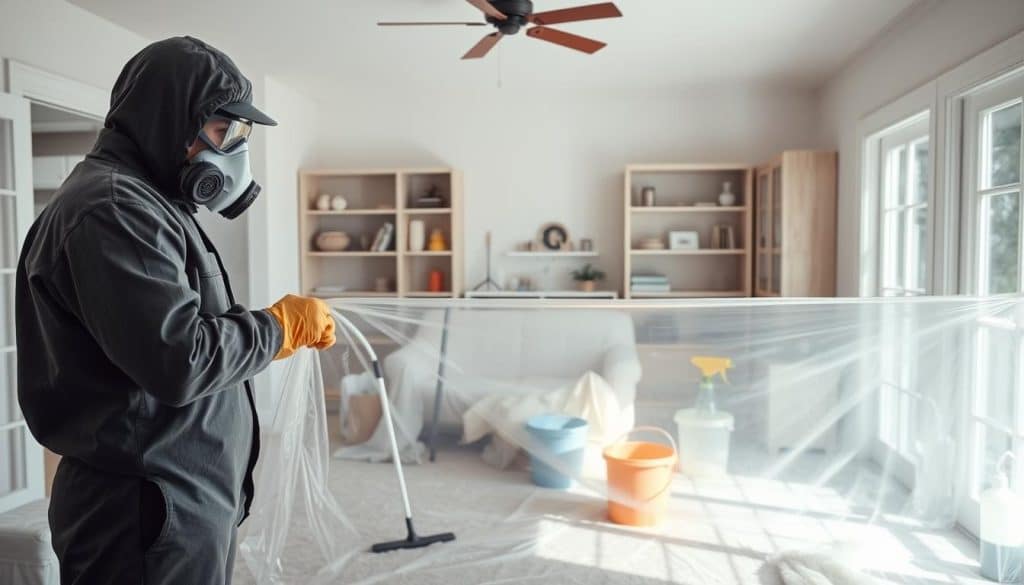
Facing a Major Mold Issue?
Our team of trained mold remediation professionals uses commercial-grade equipment to eliminate mold at its source.
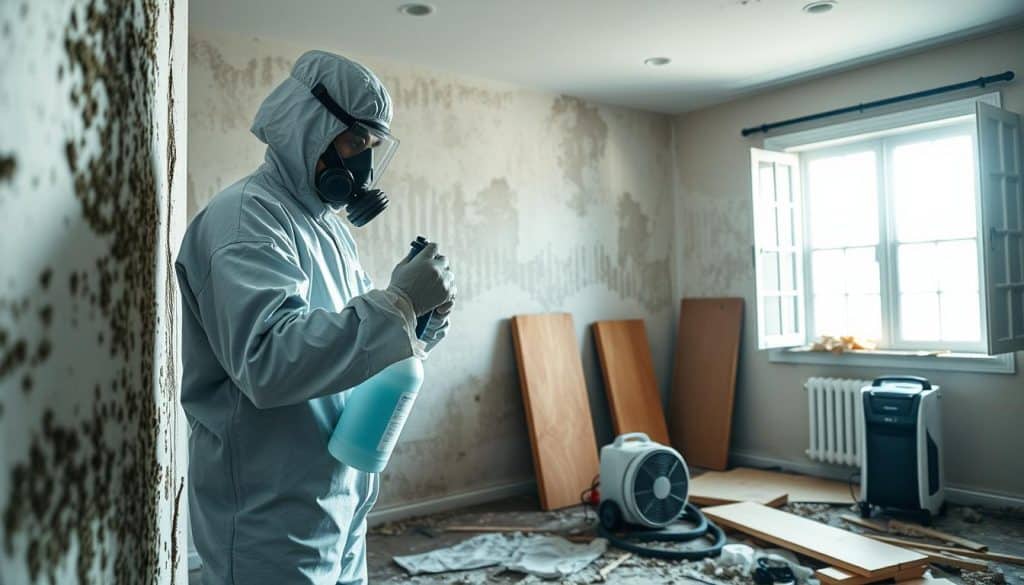
What to Expect from Professional Remediation
- Inspection and Assessment: Evaluate how far mold has spread and why
- Containment: Advanced methods to prevent spore spread
- Air Filtration: Removes airborne contaminants with HEPA systems
- Removal: Complete elimination of mold and affected materials
- Cleaning: Targeted cleaning of personal items and surfaces
- Restoration: Repair and replacement of damaged materials
- Prevention: Long-term strategies to control moisture and mold
Smart Strategies to Keep Mold Away
Controlling moisture from the start helps stop mold in its tracks. These prevention methods keep your space cleaner, safer, and healthier.
Control Moisture
- Keep indoor humidity below 60%
- Use dehumidifiers in damp areas
- Fix leaks promptly
- Dry wet areas within 24-48 hours
Improve Ventilation
- Install exhaust fans in bathrooms
- Vent clothes dryers outside
- Ensure kitchen range hoods vent outside
- Open windows when weather permits
Mold-Resistant Products
- Use mold-resistant drywall
- Apply mold-inhibiting paints
- Install mold-resistant insulation
- Choose mold-resistant bathroom materials
Smart Landscaping Moves to Keep Mold Away
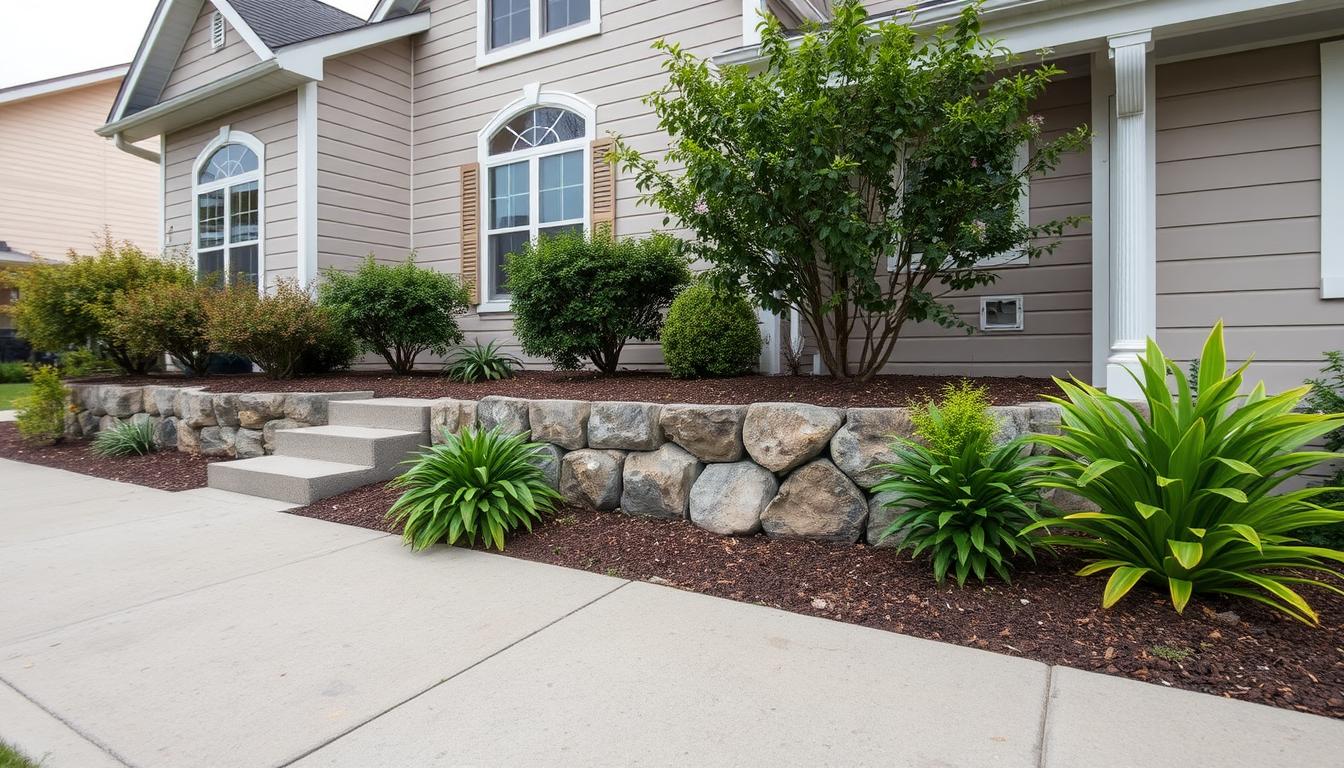
For more detailed information about mold health effects and remediation guidelines, visit these authoritative resources:
Key Takeaways
Creating a safe home requires action and understanding. That’s why Array of Solutions uses EPA-trusted practices and 18 years of experience to ensure structural and air quality security.
Stopping mold at the source is key. Our approach follows national environmental safety standards and focuses on solving the root causes for good.
Why risk DIY methods that might miss hidden colonies? Trust certified professionals equipped with medical-grade equipment and protective gear, including advanced eye protection. We prioritize your family’s health through every step of the remediation process.
Schedule your assessment today at (864) 710-6413 for a complete mold removal. Let’s work together to maintain a safe, contaminant-free environment where your family can thrive.
Talk to US!
Handling All Of Your Water & Property Damage Emergencies
We are the nation’s premier source for Mold Inspection and Mold Testing. All our mold inspectors are board certified, highly skilled, and experienced mold service professionals
Air Quality Testing
Air quality testing can tell you whether you have a mold problem even if you cannot find the evidence mold growth. We test air samples from your home or business for the concentration of mold spores. Samples are taken from the air and are later examined under a microscope in our labs.
Water Damage Repair
Our water extraction equipment will remove the majority of the water from the affected area(s) including carpets and upholstery. After that we use industrial fans, desiccant drying equipment and dehumidifiers to rapidly dry the still wet areas. We then use a HEPA filtered vacuum to clean up.
Mold Inspections
We visually inspect to pinpoint the problem areas in your home or business. we then try to pinpoint the source of the moisture which is most likely the reason that you may have a mold problem. Swabs and air samples will be taken to our laboratory for analysis and recommendations for remediation.
Mold removal
The source of the water must be identified and corrected . All wet materials (including carpets and upholstery) must be dried completely. Removal of all items including furniture from the infected area. Contaminated area must be sealed off from the rest of the property. Mold growth on surfaces is sanded and cleaned. Contained area must be completely dried, filtered and fumigated
Post Mold Remediation
After mold had been removed, Post Remediation Verification Inspection (PRVI) can assure that the mold cleanup has been done correctly and effectively in the work area and confirm that the cleanup did not accidentally distribute high levels of moldy dust and debris into other areas of the building or into its mechanical systems such as heating or air conditioning systems.
Insurance Handling
Home insurance companies usually don't cover mold damage unless it's directly related to a "covered peril" such as Fire; Lightning; Vandalism or malicious mischief; Damage caused by vehicles; Theft; Falling objects; Weight of ice, snow, or sleet; Accidental discharge or overflow of water or steam; Frozen pipes. Our experts will assist you in filling the insurance claim.
FAQ
Black mold toxicity symptoms can include chronic coughing and sneezing, irritation to the eyes, mucous membranes of the nose and throat, rashes, chronic fatigue, and persistent headaches. In severe cases, people may experience nausea, vomiting, and bleeding in the lungs and nose. If you suspect black mold exposure, consult a healthcare professional immediately.
Keep humidity low, repair leaks quickly, and ventilate damp rooms like bathrooms and kitchens. Inspect basements and crawl spaces regularly to catch moisture early.

